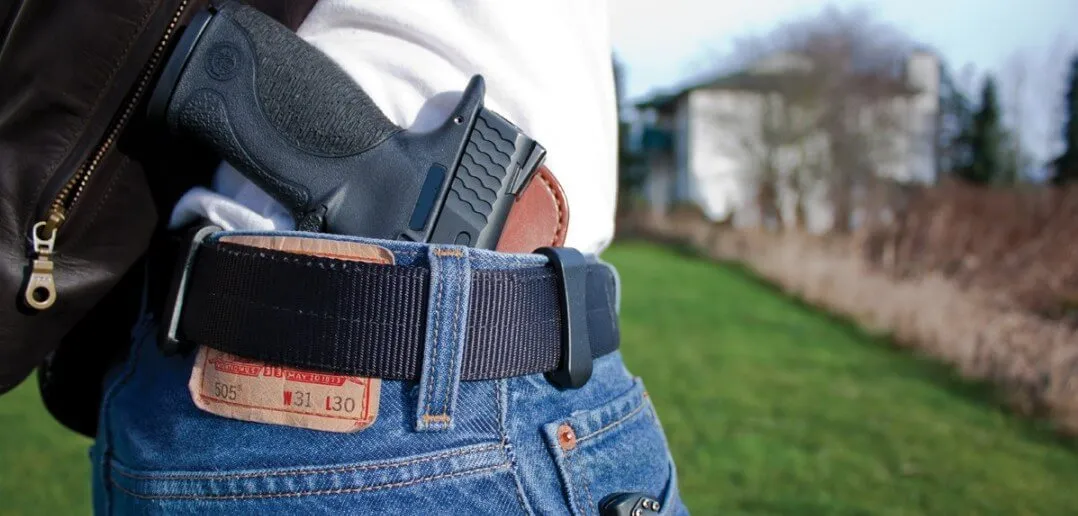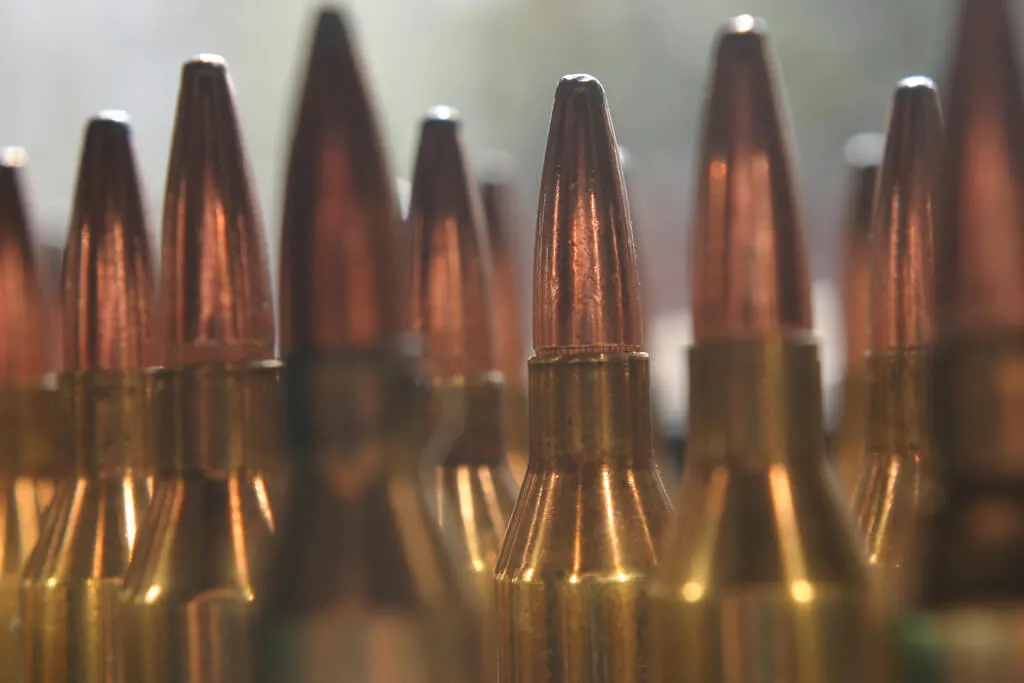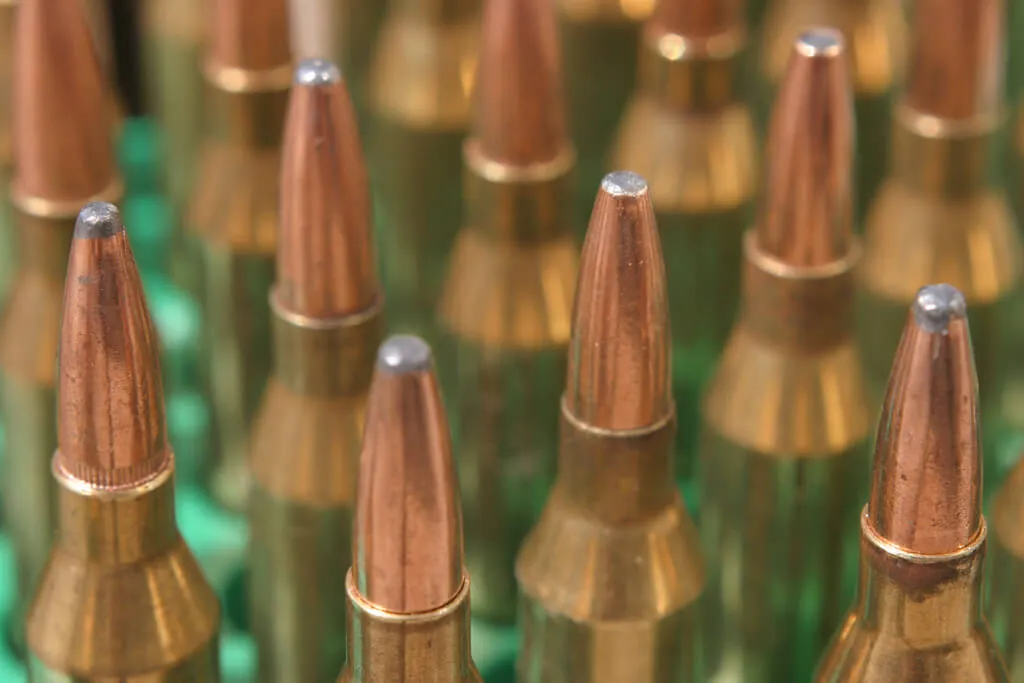Create a Record Book
To properly test the overall competency of your rifle, you need to create a record book to track your shooting performance. If you don’t physically document this process, you have no reference to how your equipment performed on any particular day under varying conditions. Get yourself an 8.5 x 11 three-ring binder for each rifle you intend testing and use it to file every target shot with that rifle.Required Targets
With computer and Internet access, you can make your own targets at home.Cold Barrel Shot (CBS) Target
The first target you’ll always shoot at the rifle range is the Cold Barrel Shot (CBS), so being knowledgeable about this target will enhance your shooting skill. If your rifle consistently fires its first shot in an inch left of your aim, then you can adjust to be on target. An inch could be the difference between missing a shot on a charging wildcat or wounding a deer. When using multiple CBS targets in one session, it’s possible to get a few cold barrel shots in, if you let the barrel cool down completely and then clean it before taking another shot. It’s easy to let eagerness overtake patience when waiting for the barrel to cool, so a fool-proof way to get the most accurate data, albeit a bit time-consuming, is only taking one CBS target shot whenever you at the shooting range. Another popular method is placing two aiming points on the target spaced vertically five inches apart from each other. The highest point is for the CBS and the lowest point is for the first five-round group. If you use this over time, a pattern should start to emerge but if you’re fortunate enough, you’ll see all cold barrel shots fired in the same upper point and the group fired on the lower point. It’s a quick way to compare the CBS with a stabilized group.Telescope Repeatability Target
The second target required is the Telescope Repeatability Test Target (i.e. a round robin on a square target). This assesses how the rifle scope returns to zero from displacing the turrets for elevation or windage. It’s actually one of the first tests that should be done after buying a new telescope. Place the aiming point in the lower left corner of the target, two inches horizontal from the edge and three inches vertically from the bottom. Adding one-inch grid with the thin lines can be very useful as part of the assessment. In long-range shooting, you can’t rely on your scope to accurately shoot every time. In fact, for tactical shooting, the turret needs a lot of dialing, like running them up and down from zero to 1000 yards twenty times a day. Being certain that your scope can return to zero at any given moment builds more trust in your equipment and more confidence in yourself as a shooter. Fire one round into the aiming point then dial the elevation turret up by five minutes. Settle down and wait at least a minute between rounds. Fire the second round and dial the windage turret five minutes to the right. Again, fire another round then dial the elevation turret down five minutes. Continue with another round and then dial the windage turret left five minutes. Fire the last round which should’ve hit the target very closely to the first round. Duplicate this process until you’ve put five rounds into the first three points on the target. Being a starting point, the fourth point should have ten rounds in it. The groups shouldn’t be much different in size or shape whether you moved the turrets or not, but they should fall precisely at the points where the turret was adjusted. It’s possible there’s a small bit of play but if you don’t get a similar result, your scope may not be able to repeatedly return to zero after an adjustment. This is a great test to run a few times throughout the year as the smallest bump could dislodge a scope.Basic Grouping Target
The Basic Grouping Target comprises of two targets with one positioned at 100 yards and the other at 200 yards. The 100-yard target should have a one-inch black point (circle or square) in the center. And, the 200-yard target should have a two-inch circle that’s consistent with the sight at the 100-yard target. You can put four aiming points on each target to give you 20 rounds per target. This incorporates a good shooting session at 100 yards for both amateurs and skilled shooters when combined with the cold barrel shot and the first five-shot group. For the 200-yard target, you need to factor in wind as you’re shooting further, so it’s advisable to keep the aiming point in the center of the target.BONUS OFFER: Get your free shooting range targets to print at home!














